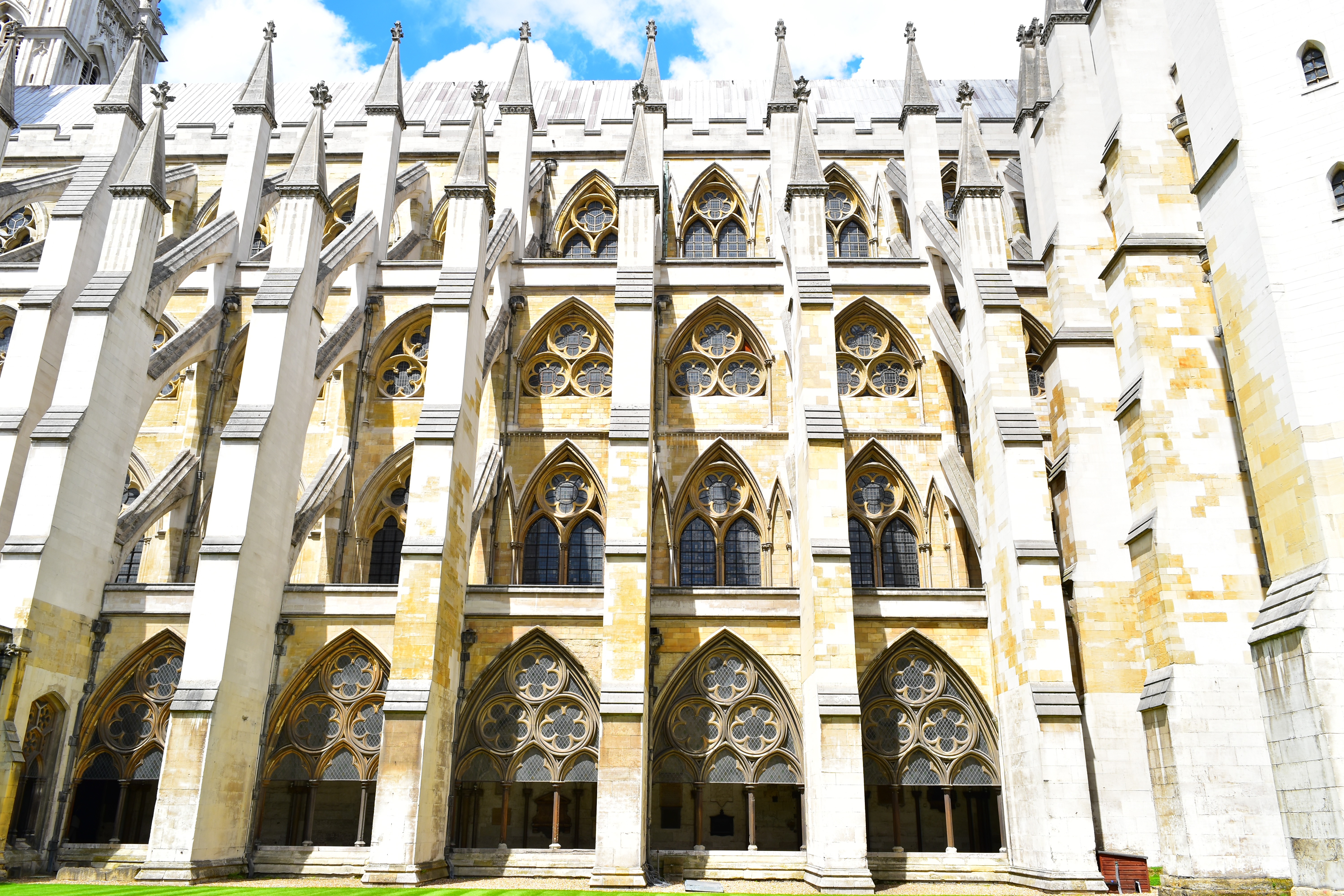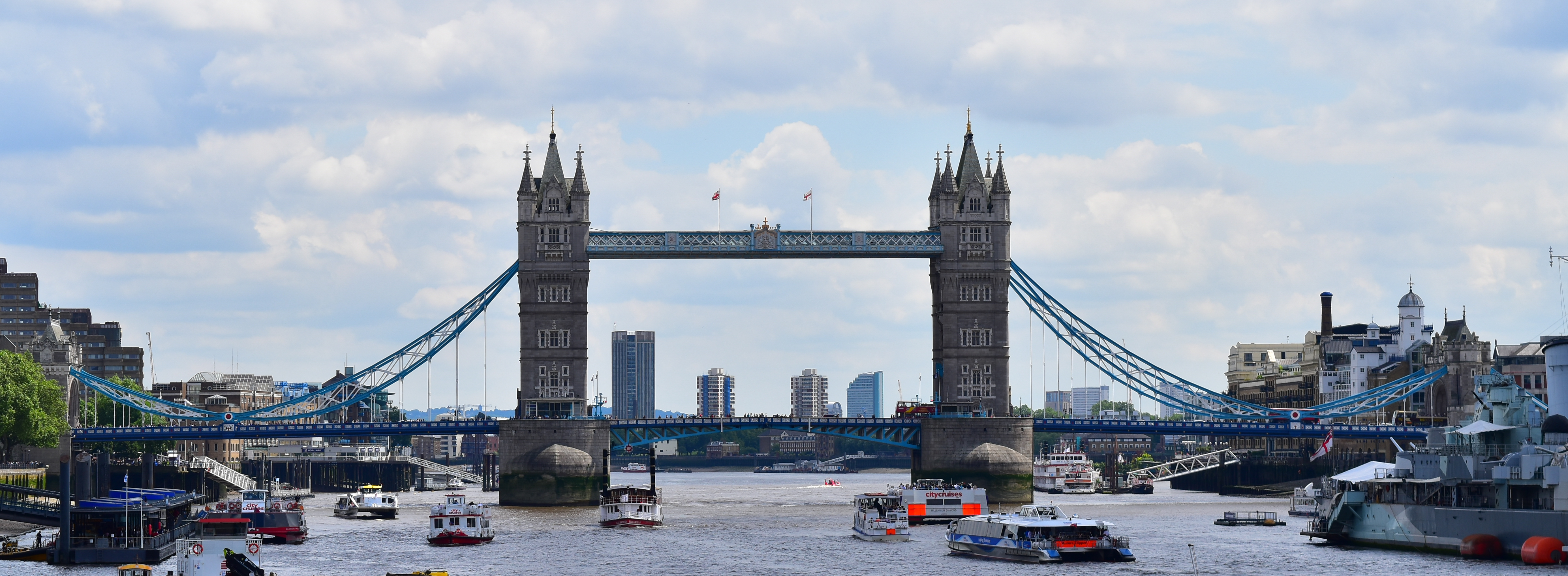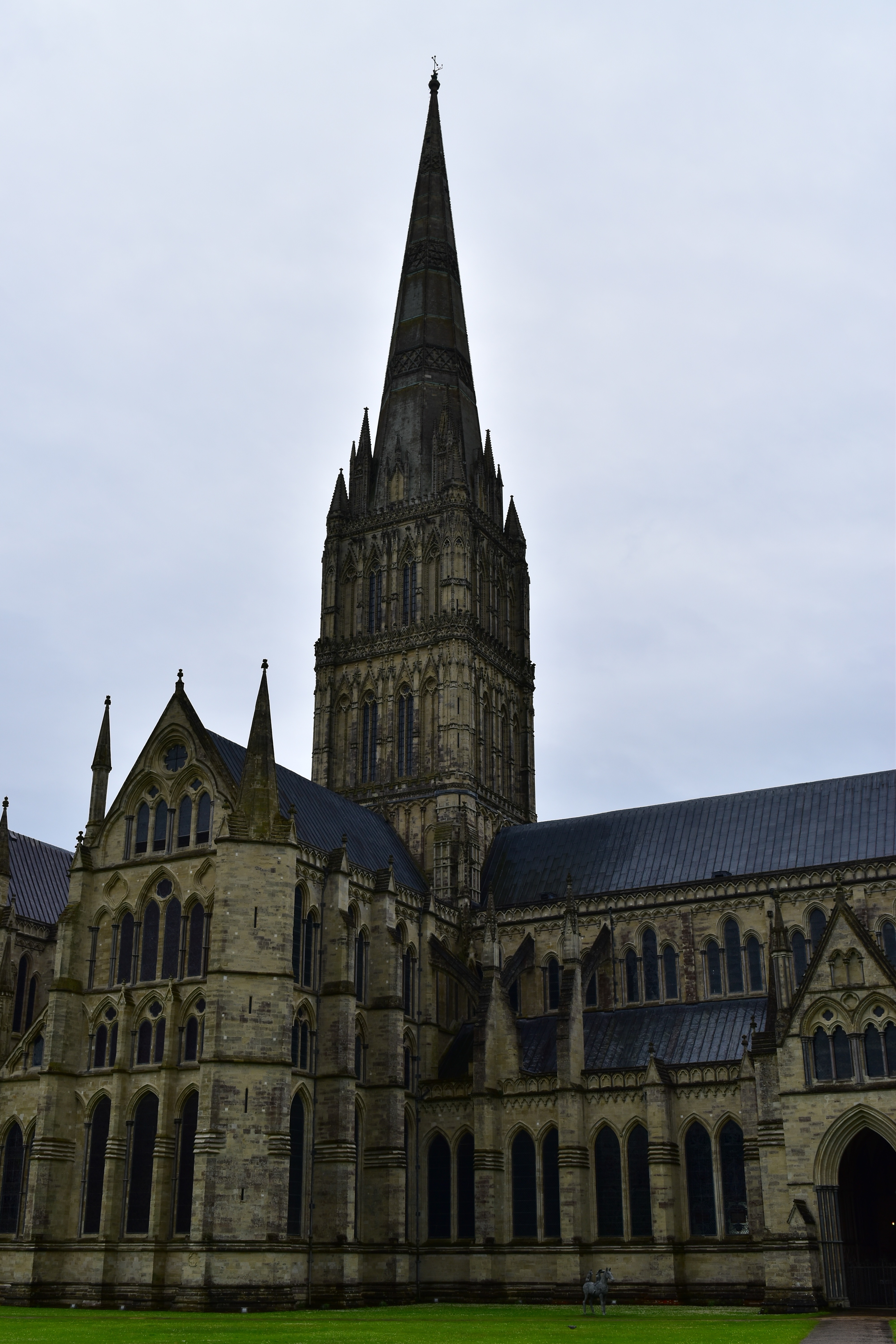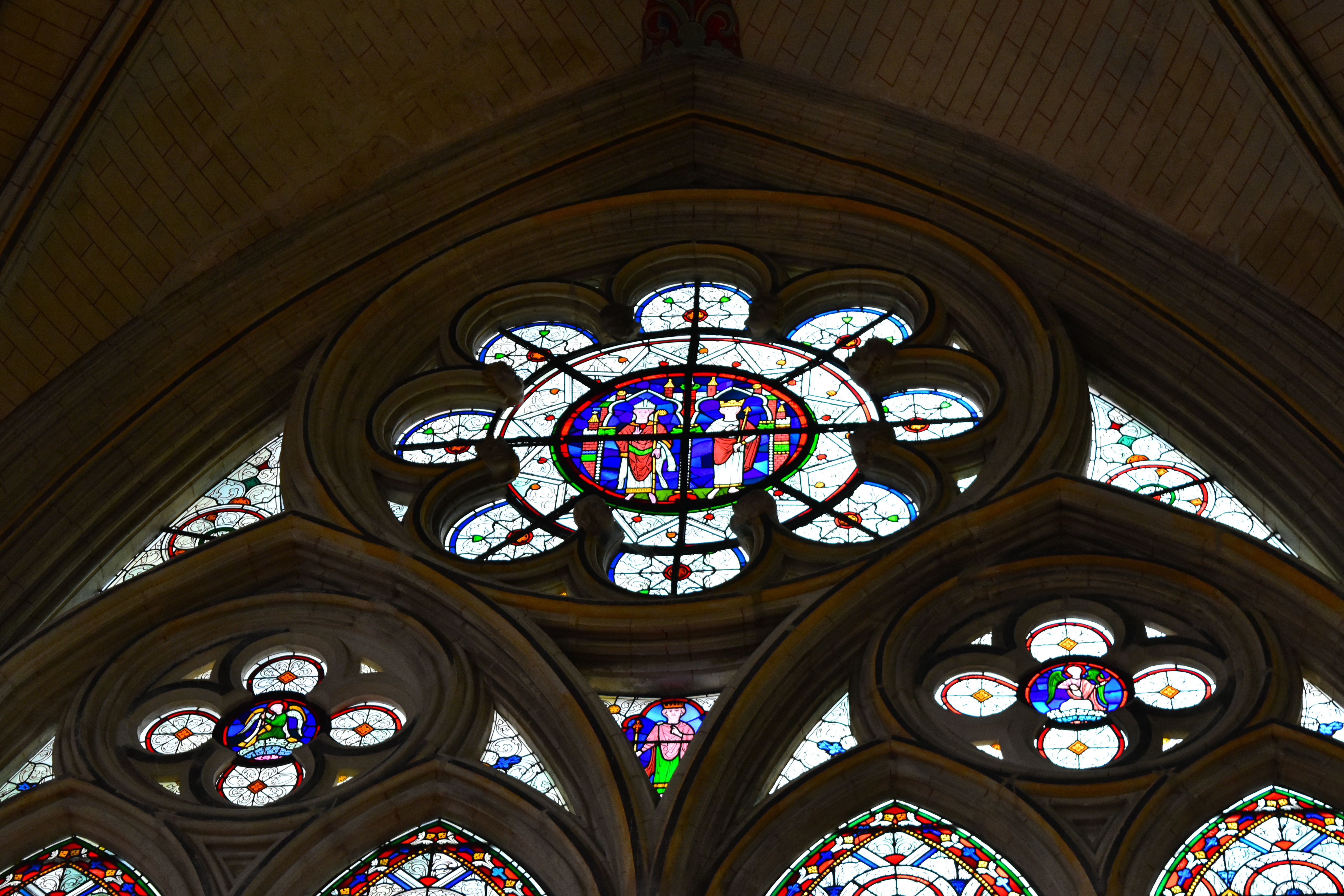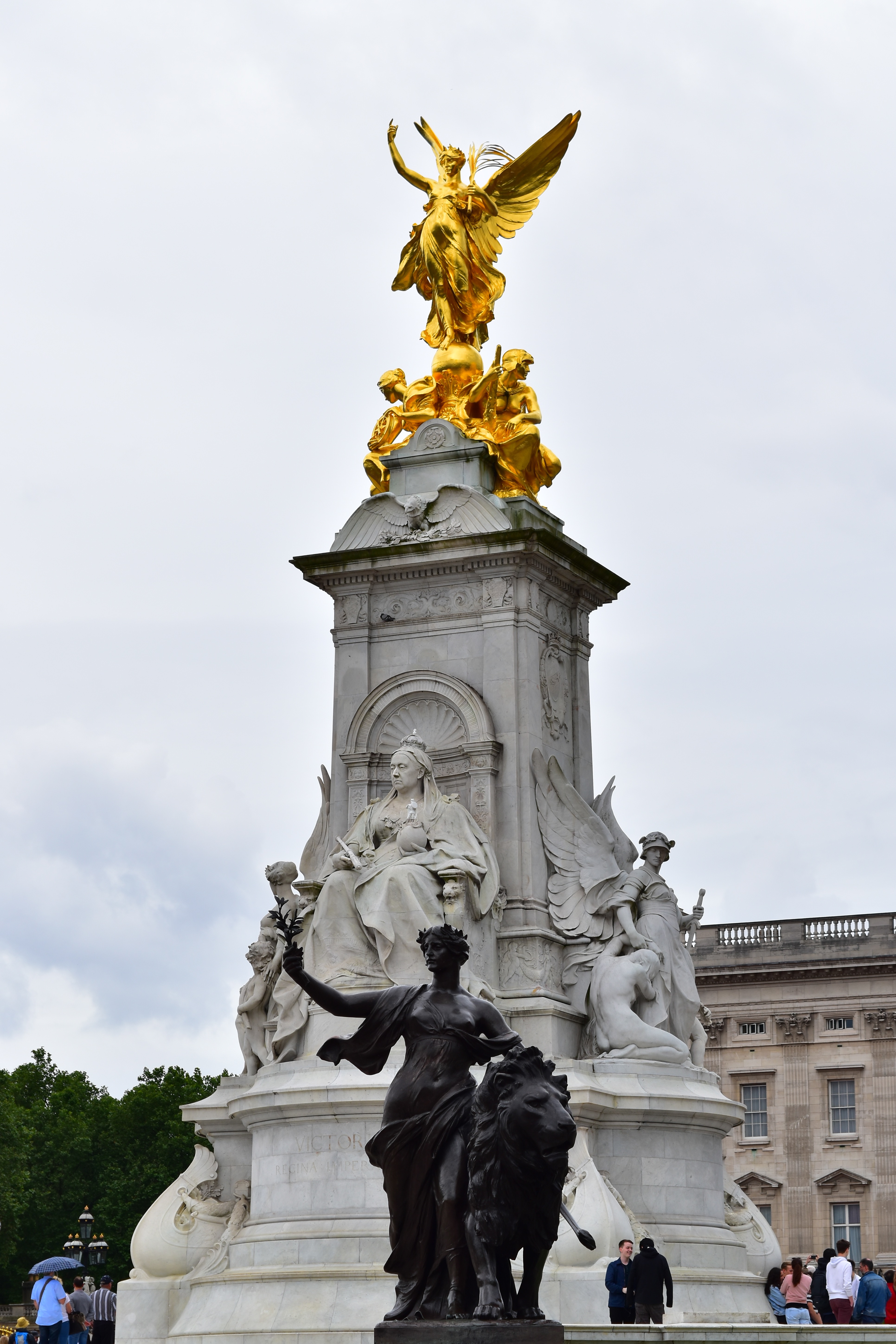One of the first places I visited in the UK was Bletchley Park. This is a somewhat secluded estate north of London. The site was chosen because it doesn’t look like a government facility, was well outside of London and was therefore less likely to be bombed. It was the home of the British and American code breakers who worked to decrypt the coded radio transmissions used by the Nazis during World War 2. This was a continuation of work performed by the Polish intelligence community before the outbreak of the war. The progress made in mathematics, cryptanalysis and computing at this site is staggering. The first programable, electric digital computer was developed here along with a variety of electromechanical code-breaking machines and manual methods for breaking encryption codes. People from Bletchley Park would go one to create the basis for modern computer theory which is still used today. They also went on to design secure communication systems for the US government. The men and women who worked here were sworn to absolute secrecy and at the end of the war much of what they had created was destroyed in the name of secrecy. The site was nearly forgotten but today houses a museum dedicated to the code breakers.
This is a pond at Bletchley Park. You can see the mansion which housed the original teams who came here. It’s likely that the greatest collection of western mathematicians of the generation gathered around the pond daily to unwind.

This is a closer view of the mansion.
This is a recreation of Alan Turing’s workspace located in Hut 8. As the importance of decrypting Axis codes became apparent Bletchley Park quickly outgrew the original mansion. Huts were added over time as number of people working at this site expanded rapidly. Turing is considered by many to be the father of theoretical computer science formalizing the concepts of algorithms and computation. He was one of the first people to join the team at Bletchley Park where his work on cryptanalysis, probability and statistics was crucial.
A monument to the men and woman who served at Bletchley Park
The next day we went to Westminster Abbey. This is the site where many famous British citizens throughout history are entombed or memorialized along with British Royalty. Of note are Isaac Newton and Charles Darwin who are buried here. It is an active church so photography is not permitted inside. The outside of the Abbey is beautiful though.
Big Ben is near Westminster Abbey. We walked past it during our visit to the Abbey.
I was sick the next day and didn’t visit any sites. The following day we went to the Tower of London. We walked along the Thames to get there.
We walked past the Shakespeare’s Globe which is a modern reconstruction of the famous Globe Theater which was on the other side of the Thames.
We walked past London Bridge. If you look closely just above the high water line you can see the name. Thanks to Trisha and Alex for pointing this out! The unique-looking tower in the background is called the Shard.
We also walked past the bridge people think is London Bridge which is actually the Tower Bridge. Again thanks to Trisha and Alex for informing us about this. I definitely thought this was London Bridge before my visit. Whoops.
The Tower of London is actually a fortress castle containing many buildings, towers and walls from different eras. Here you can see several different architectural styles of the castle.
 The castle contains one of the few Tudor building to survive the Great Fire in 1666.
The castle contains one of the few Tudor building to survive the Great Fire in 1666.
In addition to being a historical site, housing the Crown Jewels and containing a large museum the castle is officially designated as a residence of the Queen. The Queen hasn’t actually lived here for many years but since it is an official residence the castle has guards. These men were marching trough the inner courtyard. Someone trying to take a selfie impeded their march and they shouted “Make way for the Queen’s Guard!” before not very politely moving the gentle man out of their way.
The following day Christian left Europe but I was able to stay and do a few more things.
The next day I went to the British Natural History Museum. It’s really massive and I ended up visiting the museum twice while I was in London because one day was not enough. The museum has an extensive collection of fossils and a very interesting section on naturalist painters who tried to produce artwork of scientific value by very accurately depicting the wildlife they encountered on trips around the world. They also have areas dedicated to the planets largest animals in comparison to the blue whale, an area for birds, and area for fish and an area for reptiles which I visited.
A statue of Charles Darwin in the British Natural History Museum.
After leaving the Natural History Museum I went to the British Museum and did the tour that Alex recommended. This tour was quick but hit the highlights. Above is a portion of the Parthenon which is currently being preserved in the British Museum.
They also have the Rosetta Stone.
 And a large collection of Egyptian sarcophagi. Most of them were behind glass making it difficult to take pictures but a few were out in the open.
And a large collection of Egyptian sarcophagi. Most of them were behind glass making it difficult to take pictures but a few were out in the open.
The following day I took a train to Salisbury which is near Stonehenge. From the train station it’s easy to find a tour bus which will take you to the Stonehenge visitors center. From there you can walk or take a shuttle to the henge.
I decided to walk and on my way I encountered some poppies. Westminster Abbey had plastic poppies on the tomb of the Unknown Warrior but here they were growing wild.
At Stonehenge there were a few people who seemed to be shepherds who had stopped along the fence to sort of watch the visitors.
Stonehenge was very cool. It’s difficult to take pictures of it that aren’t over run by visitors because you are allowed to circle the entire henge but I got lucky in a few shots that are mostly visitor free.
After I left Stonehenge I took the tour bus back to Salisbury and went to the cathedral. Salisbury Cathedral has one of 4 original copies of the Magna Carta in it. During World War Two the Nazi pilots used Salisbury Cathedral as a navigation point so it was strictly forbidden to bomb it.
The room that houses the Magna Carta is different from most other interior spaces in cathedrals because photography is allowed. Photography is forbidden, or at least strongly discouraged, inside every other cathedral I visited. Here you can see some of the stained glass and the vaulting in the room that has the Magna Carta. Until recently photographing the Magna Carta was allowed but due to repeated flashes and some sun damage the document is now housed in a small tent and photography isn’t permitted inside that tent.
The next day was my last full day in England. I went to Buckingham Palace first.
It was crazy busy. I never figured out if something special was going on or if it’s just normally overrun with visitors.
After seeing Buckingham palace I went back to the Natural History Museum to see a few more exhibits. This is the most complete stegosaurus skeleton in the world. Oddly it is not with the rest of the dinosaur fossils but rather in front a exhibit about the great forces that drive the planet.
After visiting the Natural History Museum I went to the nearby Science Museum. There was a very cool exhibit on the history of flight but my favorite this was the first prototype of the Clock of the Long Now. The actual clock is meant to keep time for 10,000 years and it’s meant to encourage thinking about the future. The actual clock is planned to be constructed in Nevada and the footsteps of visitors may someday provide the energy to keep the clock ticking.
Up Next: Pictures of the remainder of my time in France!





